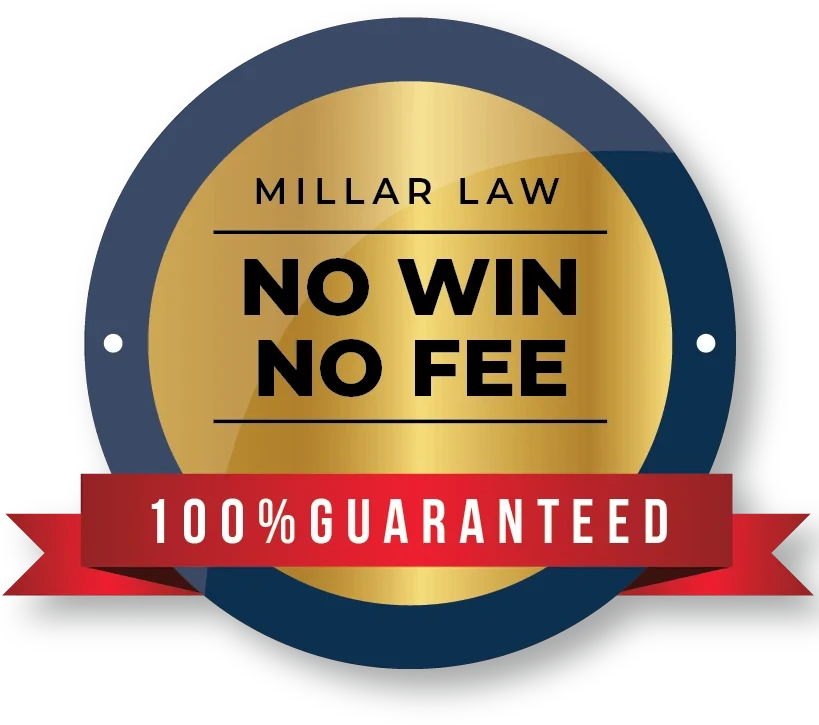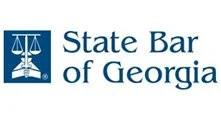What to Do If the Other Driver Won’t Tell the Truth About Your Georgia Car Crash
At an accident scene, drivers often tell the truth. Once the consequences of the accident start to become known to the at-fault driver – they might work up a lie to protect them from declared at-fault. Having the evidence in place to prove the accident will not allow for them to get away with the lies.
Key Points:
- Some drivers may be apologetic and admit fault at the scene of an accident, but later lie about the accident to you, your lawyer or the insurance company.
- Other dishonest at-fault drivers may immediately try to leave the scene or falsely blame you for an accident you did not cause.
- Do not let an at-fault driver leave the scene without calling the police and having a report made – especially if you have been injured.
- Documenting the accident scene with cell phone pictures and video and gather police reports, 911 audio recordings, police body and patrol car cams and eyewitness accounts can help prove your case.
- In Georgia, voluntary payment of a traffic ticket can often be used as evidence that a driver admitted to the moving violation that caused your accident.
Table of Contents
Reasons Why an At-Fault Driver Would Lie
#1 It's Expensive - Insurance Rates Will Go Up on an At-Fault Driver
Why would an at-fault driver lie about what caused a car accident? In short, accidents are expensive for those who caused them. His/her insurance rates will likely go up. There's a possibility the insurance company might drop them. And they will likely receive an expensive traffic ticket, for their negligent mistake on the road.
Such fears can be a powerful motivation to some people to lie about their own negligence.
#2 It's Even More Expensive and Against the Law - They Will Likely Receive Traffic Ticket
Negligent drivers often do not want to be held responsible for a crash that resulted from distracted driving, drowsy driving, or another reckless behavior. Examples of negligent behavior include but are not limited to:
- Texting while driving
- Talking on a cellphone while driving
- Surfing the internet while driving
- Driving under the influence of alcohol
- Driving without getting enough sleep (especially truck drivers)
- Running a red light
- Speeding
These fines in Georgia can be anywhere from $200 to $500.
If bad enough, it could potentially result in jailtime.
#3 The Insurance Company Might Drop Them
This actually does happen. Insurance companies cannot afford to cover drivers who are frequently causing accidents. If this is not the first accident the driver caused, do not be surprised if the driver is dropped by their insurance.
With that - drivers who might be nervous that their insurance company dropping them might all of a sudden start lying about the accident. Do not be shocked if the insurance company believes in their lies.
Here's What You can Do to Protect Your Claim from the Lies
Gathering evidence after a crash is one of the most important steps to take after ensuring that you and other passengers are not going to lose a legal claim because of a lie.
Taking the following steps to collect information can help you to prove that the other driver was at fault in your car accident claim:
#1 - Call the Police, Have Them Write Up a Police Report
Often an at-fault driver will try to talk you out of calling the police after an accident. Do not fall for this, as you are providing a golden opportunity for a dishonest driver to later lie about what happened and you might even be breaking the law.
- Contact the police and ensure you have an official accident report.
- The Georgia Department of Driver Services requires you to notify the police if you are involved in a collision that results in one of the following: personal injury, death, or damage to property in excess of $500.
- It is possible that the law enforcement officer who arrives at the scene will ticket the other driver if it is clear that a traffic violation resulted in the crash.
- If the at-fault driver is ticketed and later voluntarily pays the citation, this can often be used as an admission of fault - or at least an admission that the driver was committing a moving violation at the time of the crash.
- Be sure to write down witnesses’ names and contact information so you or a lawyer can contact them and get a written statement after the wreck.
- Take as many photos as possible at the scene of the accident, including damage to your own vehicle, damage to the other driver’s car, and any evidence along the highway (such as skid marks).
#2 - Photograph the Accident Scene, and Evidence
Immediately after a car accident occurs, if it is safe to do so, you may want to take cell phone pictures and video of the accident scene to demonstrate that the other driver was at fault. Photographs of damage to your vehicle and the other vehicle, as well as skid marks and other evidence on the road, can go a long way in proving that the other driver was negligent. In fact, crash reconstruction experts can use photos of the damaged vehicles and skid marks to reconstruct the scene of a collision.
#3 Collect Witness Statements or Have a Lawyer Collect Them
Witness statements are amazing evidence. A driver can lie all they want, but if the witnesses are unbiased and they say otherwise, the insurance companies, lawyers, and courts will believe the witnesses over the at-fault lying driver. Car accident lawyers do this all the time.
#4 Collect Video Evidence - and 911 Recording Evidence
In most cases the investigating law enforcement officer will be creating a body camera or patrol car camera recording while investigating your accident. These recordings can be requested. Many people will admit to the police officer to having been the cause of an accident.
You may also want to request 911 audio recordings of the 15 (or more) minutes before and after the collision to see if any eyewitnesses called 911 to report what happened. A surprising number of people will describe to the 911 operator "how" the wreck happened. This can be critical in proving that another driver has lied or changed their story.
This information is available using the Georgia Open Records Act.

 1201 West Peachtree Street #2339 Atlanta, GA 30309+1-770-212-3795$0-$100000
1201 West Peachtree Street #2339 Atlanta, GA 30309+1-770-212-3795$0-$100000"The staff at the Millar Law Firm are very knowledgeable and helpful! I recommend them to all of my friends and family in the Atlanta area. Thank you so much for all your help!

Legal Guide Summary
People who are found at-fault for an accident can face a number of penalties for their negligence, including higher insurance rates, criminal charges, a court judgment, or other financial consequences. It is not unusual for an at-fault driver to try to avoid those consequences.
If you are involved in any accident, it is wise to call the police to report the it immediately. Get the names and contact information of eyewitnesses who observed the accident. You should also take photos of the scene, including skid marks and any damage to document the accident as thoroughly as possible. This evidence can help support your story if you must fight for compensation for your losses.


















